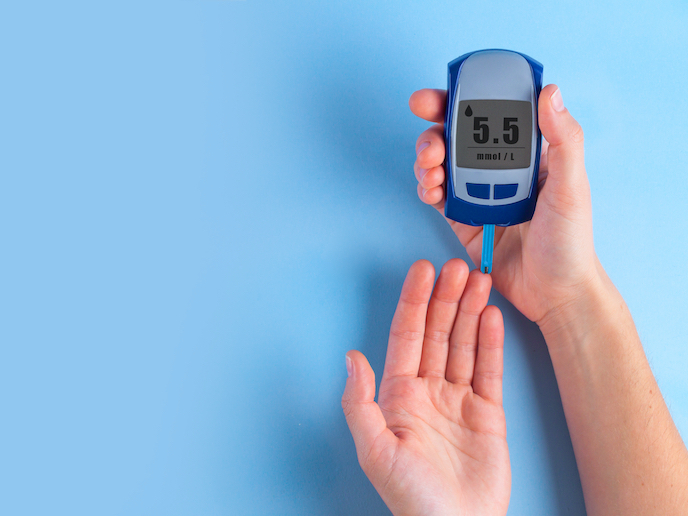Electromagnetic radiation exposure risks from wireless devices and networks
As the mobile phone became the dominant radiofrequency exposure source for the general public and its usage is associated with an increased incidence of malignant brain tumours, a plethora of research studies abounded in recent years. Although wireless network devices have also become an integral part of the daily life of billions of people at home, at work, or at school, studies on the effects of the pervasive and prolonged electromagnetic exposure of these devices on human health are lacking. The EU-funded project 'Sound exposure and risk assessment of wireless network devices' (SEAWIND) aimed to broaden the scientific basis for assessing these potential adverse health risks by addressing the entire scientific spectrum from dosimetry to biology. During the project period, novel instrumentation and methodologies were developed for the systematic analysis of electromagnetic exposure from wireless network devices in typical indoor environments and in the very close near-field and for the assessment of the fields induced in the human body (whole-body and organ-specific exposures). These versatile tools are applicable to any type of current and future wireless devices. Several exposure systems were developed, including a system for in vitro exposure of cells, a table-top reverberation system to expose mice to specific frequencies, and a live-cell imaging system. The latter is the first-ever reported system to provide real-time analysis of cellular responses. SEAWIND also addressed the controversies regarding the potential effect of wireless EMFs on genetic integrity. With carefully controlled in vivo and in vitro approaches, attempts to repeat previously reported DNA damage after exposure to specific wireless EMF signals were unsuccessful. However, the experimental results indicated novel modulation-specific electromagentic effects and interference with cellular homeostasis, potentially serving as a launching pad for future investigations. SEAWIND is the first project to address this important public health concern and deliver important novel measurement technologies. The project results provided significant input for several international standards for assessing the wireless network device exposures. The exposures and their potential hazards and the differences compared to other wireless devices were summarised in simple terms to facilitate an informed debate among technical experts, politicians, and the public. The project also advised the EU to produce YouTube videos on this topic in an effort to reach a balance between undue precaution and disregard for danger. If made mandatory for safety considerations, the application of SEAWIND tools in wireless network devices will have an important beneficial impact on future designs, usage, and regulations of wireless devices.







